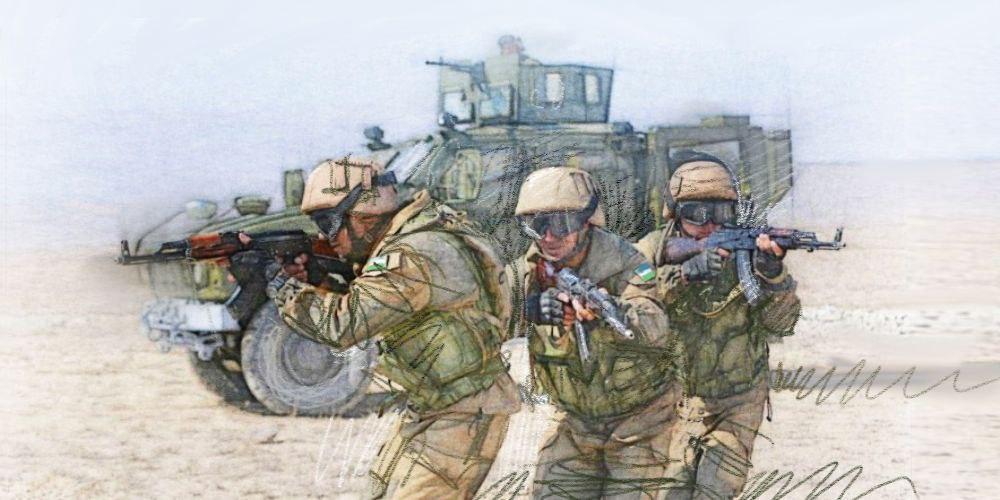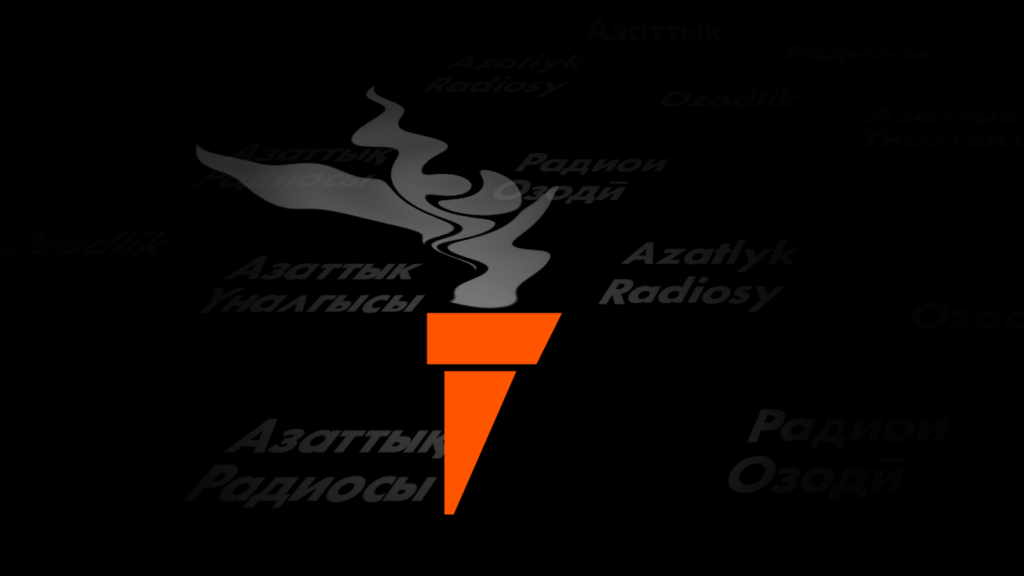Uzbekistan’s New Emphasis on the Military
Uzbekistan has become Central Asia’s leader in terms of military spending. This raises some questions about why Uzbekistan has boosted its military spending, but it should also get the attention of Uzbekistan’s Central Asian neighbors. According to Global Firepower’s 2025 Military Strength ranking, Uzbekistan’s defense budget was a little more than $2.8 billion, ahead of Kazakhstan which spent just over $2 billion. Kazakhstan still ranked ahead of Uzbekistan in overall military strength, 57th and 58th, respectively, but in 2024, Global Firepower ranked Kazakhstan 58th and Uzbekistan 65th. Voice of America noted in a July 2024 report that military spending was generally increasing across Central Asia, a "development officials link to regional conflicts such as the war in Ukraine.” Kyrgyzstan and Tajikistan boosted their military spending after they fought brief but destructive battles against each at the end of April 2021, and again in mid-September 2022. In March 2023, Kamchybek Tashiyev, the head of Kyrgyzstan’s security service, said that since the 2021 conflict, his country had spent some $1 billion on military equipment, including military drones from Turkey. Global Firepower's 2025 report stated that Kyrgyzstan spent $221.8 million and Tajikistan $446 million on defense in 2024. Kyrgyzstan and Tajikistan are the poorest countries in Central Asia. Where is the Threat? Uzbekistan and more broadly Central Asia’s increase in defense spending raise the question of why is it necessary. Kyrgyzstan and Tajikistan’s surge in military spending was a reaction to the border conflicts of 2021 and 2022. The root cause of that fighting was disputed territories along their frontier, but this year the two countries finally signed a delimitation agreement and relations have improved. The Central Asian states have legitimate security concerns, most emanating from Afghanistan, though not necessarily from the Taliban. Despite occasional saber-rattling, the Taliban are unlikely to ever try to attack or invade any Central Asian country, and presently most of the Central Asian states have established an amiable business relationship with the Taliban. Militant groups operating in Afghanistan are the major concern. These groups based in Afghanistan are the main threats to the Central Asian governments and require the Central Asian states to develop counter-terrorism capabilities, something they have been doing since the late 1990s. The anti-aircraft systems and missiles the Central Asian states, including Uzbekistan, are purchasing are ill-suited to counter-terrorism operations. The timing of the significant increase in military spending came not long after Russia launched its full-scale invasion of Ukraine in late February 2022. Several Russian politicians and political commentators have spoken of reclaiming part of all of Kazakhstan in particular, but Uzbekistan has also been mentioned lately. It would be understandable for Kazakhstan and Uzbekistan to bolster their defenses in case the day comes when Russia looks to forcibly reincorporate Central Asia back into its empire. But Russia is listed second on Global Firepower’s ranking of military powers and the country’s defense budget in 2024 was some $126 billion. Without outside assistance, it is unlikely Kazakhstan or Uzbekistan could hold out for long against...
5 days ago






